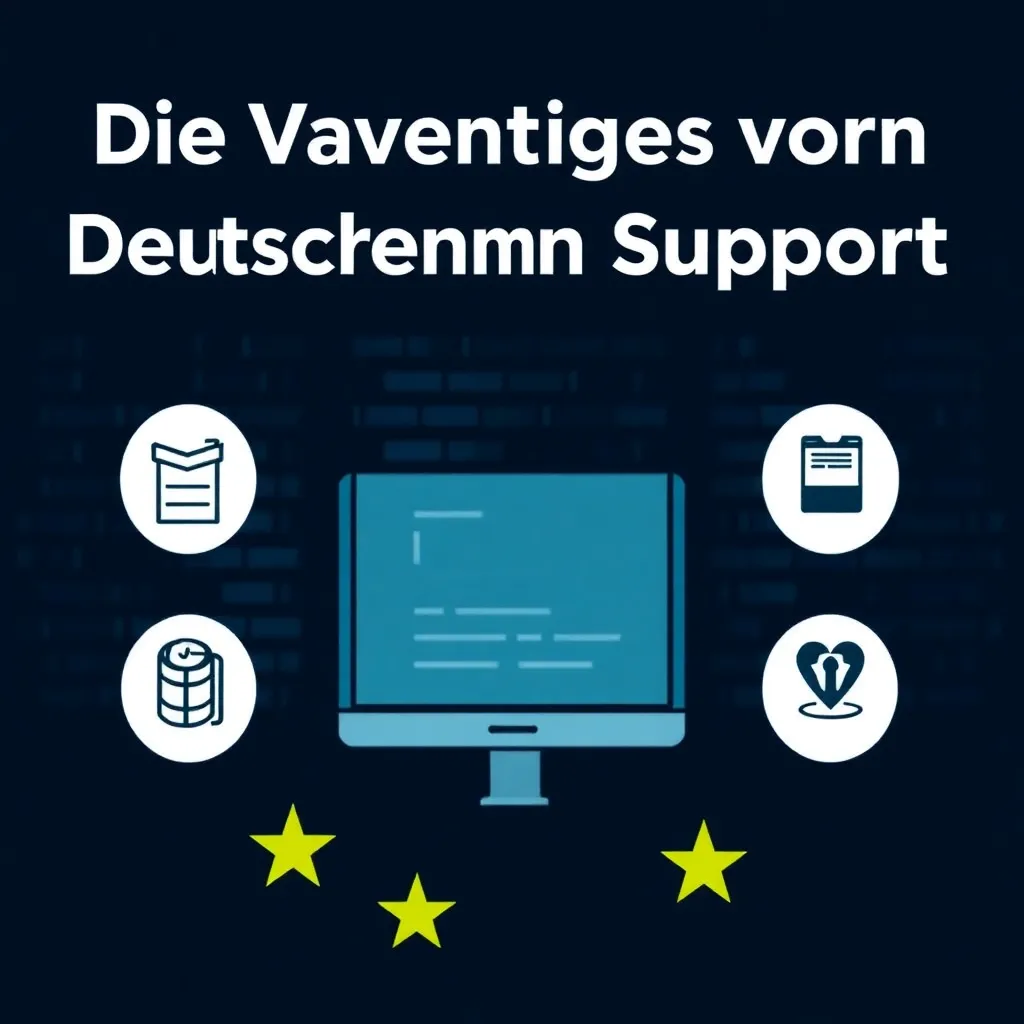Introduction to WHOIS: The backbone of domain administration
WHOIS is an essential protocol and service that makes it possible to retrieve information about registered domains, IP addresses and other Internet resources. As a public directory for domain registrations, WHOIS provides valuable insight into the ownership and management of Internet addresses. This makes it an important tool for various user groups, including network administrators, legal experts and business owners.
The name WHOIS comes from the English question "Who is?" (Who is?) and reflects the main purpose of the service: to identify those responsible for a particular Internet resource. Although WHOIS is often regarded as an acronym, it actually describes the function of the service accurately.
History and development of WHOIS
WHOIS was originally developed in the early days of the Internet, when the ARPANET was still the dominant network infrastructure. At that time, the Internet was much smaller and less complex, and WHOIS served as a simple means of managing and tracking domain names and IP addresses.
With the explosion of internet usage and the increasing importance of domain names, WHOIS has become an indispensable tool. Today, it enables the management of millions of domains worldwide and plays a crucial role in ensuring the integrity and security of the global network.
How does WHOIS work?
WHOIS queries can be performed via various platforms, including special websites, command line tools or dedicated WHOIS clients. A query establishes a connection to the appropriate WHOIS server, which returns the requested information. This information usually includes
- Domain name: The full name of the domain.
- Registrar: The organization with which the domain was registered.
- WHOIS server: The server that manages the WHOIS data for the domain.
- Referral URL: A reference to the registrar's website.
- Nameserver: The servers responsible for domain name resolution.
- Creation date of the domain: The date on which the domain was first registered.
- Last update date: The date of the last change to the WHOIS data.
- Expiration date: The date on which the domain registration must be renewed.
- Registrant: The holder of the domain.
- Administrative contact person: The person responsible for administrative matters relating to the domain.
- Technical contact person: The person responsible for technical matters relating to the domain.
It is important to note that the scope and availability of this information may vary depending on the registrar and the data protection settings of the domain holder.
Data protection and WHOIS
With the introduction of the General Data Protection Regulation (GDPR) in the European Union, the requirements for the protection of personal data in WHOIS entries have become considerably stricter. Many registrars now offer WHOIS privacy services that replace the domain holder's personal information with generic contact details. This measure protects the privacy of registrants, but can affect transparency and traceability on the Internet.
Despite these challenges, WHOIS remains an important tool, especially for activities such as tracking cybercrime, monitoring trademark rights and managing network security. The balance between privacy and transparency is an ongoing issue that is actively discussed by both the internet community and regulators.
Importance of WHOIS in various areas
WHOIS plays a central role in various areas of the Internet:
1. domain management: WHOIS makes it possible to check the availability of domain names, which is particularly important when launching new business projects or brands. It also provides essential information for domain transfers and management.
2. network security: In the event of security incidents or misuse of Internet resources, WHOIS helps to identify those responsible and take appropriate measures.
3. legal matters: WHOIS supports the enforcement of trademark rights and the fight against cybercrime by providing the identity and contact information of domain owners.
4. transparency: WHOIS promotes openness and accountability on the Internet by providing a single point of contact for information about domain registrations.
Types of WHOIS databases
There are two main models for WHOIS databases, each of which has its own advantages and disadvantages:
1. thin WHOIS: This model only stores basic domain registration data in the central registry database and refers to the respective registrar for detailed information. The advantage is the increased data protection control and the smaller amount of data in the central database.
2. thick WHOIS: In contrast, thick WHOIS contains comprehensive information, including detailed contact data, directly in the central registry database. This enables faster queries and greater transparency, but can pose data protection challenges.
The choice between these models has a significant impact on data consistency, query speed and data protection and is therefore an important decision for registrars and registrants.
WHOIS alternatives and the future
With the increasing importance of data protection and the challenges of managing large amounts of data, new alternatives to WHOIS are constantly emerging. One promising alternative is the Registration Data Access Protocol (RDAP), which offers a modernized and more secure method of querying registration data. RDAP offers improved search capabilities, standardized responses and better support for internationalization, making it a future-proof solution.
ICANN (Internet Corporation for Assigned Names and Numbers) is continuously working on the further development of WHOIS in order to maintain a balance between transparency and data protection. Current topics of discussion include the implementation of access controls, the improvement of data accuracy and the adaptation to changing legal frameworks.
Practical applications of WHOIS
WHOIS is indispensable in numerous practical applications:
1. domain registration: Before registering a domain, WHOIS can be used to check availability and existing registration details.
2. technical troubleshooting: In the event of network problems, name servers and technical contacts can be identified and contacted via WHOIS in order to find solutions quickly.
3. trademark monitoring: companies monitor WHOIS data to prevent their trademark rights from being infringed by abusive domain registrations.
4. security research: researchers and security analysts use WHOIS to investigate suspicious domains or IP addresses in connection with cyber attacks.
5. business information: Companies can use WHOIS to gain insights into the domain portfolios of competitors and partners, which supports strategic business development.
Challenges and controversies surrounding WHOIS
Despite its many advantages, the use of WHOIS is not without its challenges. The main problems include:
- Data protection concerns: With the introduction of the GDPR, a lot of personal information in WHOIS entries had to be anonymized or protected, which limits transparency.
- Accuracy of information: The information provided may be out of date or inaccurate, particularly if registrants do not regularly update their data.
- Misuse of WHOIS data: The publicly accessible data can be misused for spam, phishing or other unwanted activities.
The internet community, regulators and technology companies are continuously working on solutions to overcome these challenges. These include improved data protection measures, automation of data updating and the development of more secure query protocols such as RDAP.
Conclusion: The future of WHOIS
WHOIS remains a fundamental tool for Internet governance and transparency. Despite the challenges of privacy and abuse, it plays a critical role in maintaining the integrity and security of the global network. The continued evolution of WHOIS, particularly through the adoption of modern protocols and privacy measures, will be critical to maintaining and further enhancing its value to the Internet community.
The balance between openness and data protection will continue to be a key issue that will shape the future development of WHOIS. As digitalization progresses and the importance of online presences grows, the role of WHOIS and its alternatives such as RDAP in the global Internet infrastructure will continue to increase.
By understanding the workings, benefits and challenges of WHOIS, users and organizations can make better informed decisions and take full advantage of this essential service.



